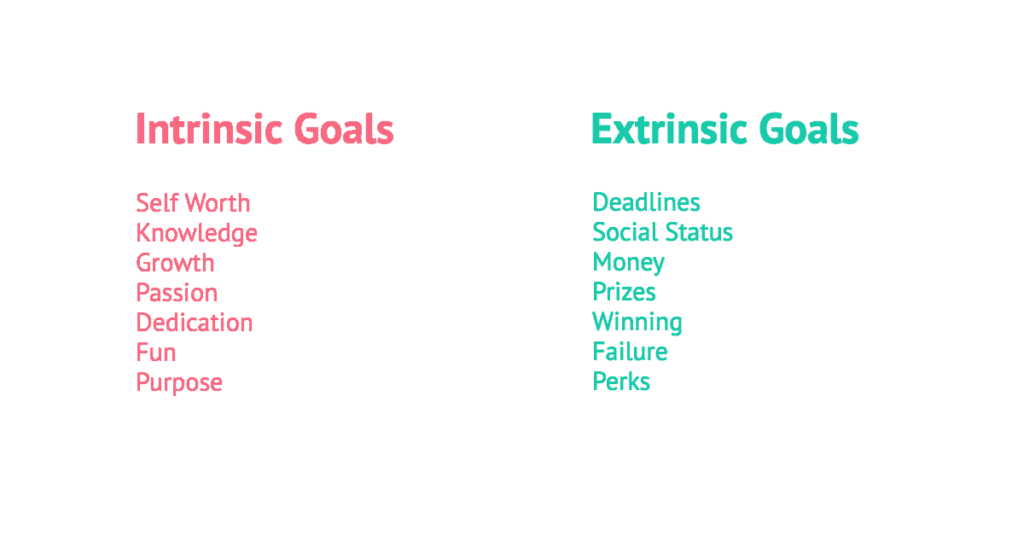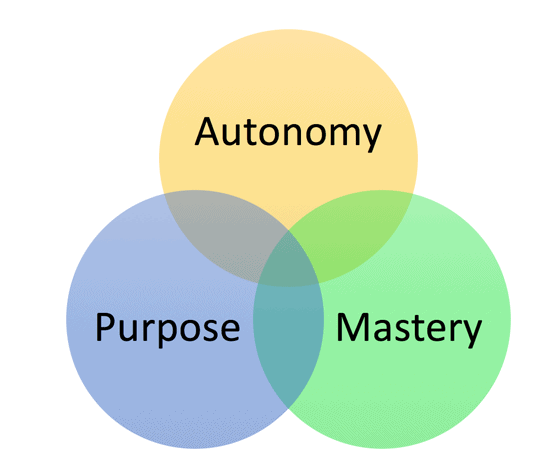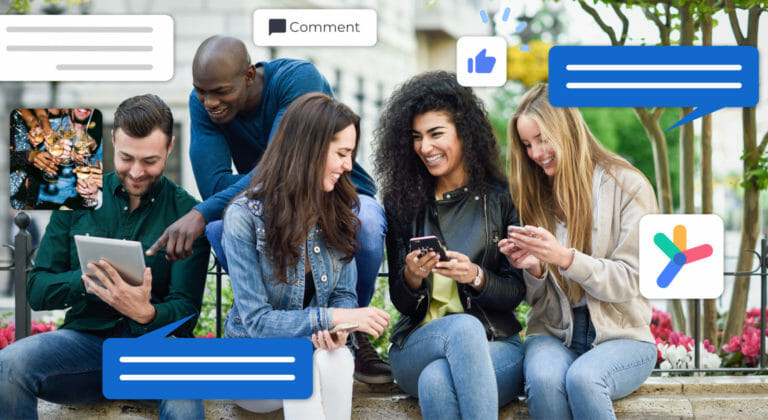Gallup has reported that only 13% of employees worldwide are engaged in their jobs. Researchers define engaged workers as “involved in, enthusiastic about and committed to their work and workplace”. With this staggering few of them, we needed to find out what really drives and motivates employees.
After all, another Gallup poll states that:
Concentrating on employee engagement can help companies withstand, and possibly even thrive, in tough economic times.
How then, do we foster a culture of engaged, motivated, and therefore productive, team members within our companies?
Read on to find out what makes people motivated, and how to use this knowledge to inject your workforce with the lifeblood of engagement.
What Moves Us to Act? Intrinsic Vs. Extrinsic Motivation

As human beings, our behavior is influenced by two distinct types of motivation: intrinsic and extrinsic.
Intrinsic, or internal motivation, is based on personal rewards such as experiencing a sense of accomplishment, having pride in one’s work, or feeling creatively fulfilled. In short, it feels good to be doing what we are doing and we want to do it well.
Extrinsic, or external motivation, in contrast, is based on rewards outside of us, such as money, status, or fear of punishment or failure. We exhibit a behavior or engage in an activity in order to gain a reward or to avoid a negative outcome.
Consider this example. We are intrinsically motivated if we swim because we enjoy it and it makes us feel good. On the other hand, we are extrinsically motivated if we swim to lose weight and look more attractive to others.
Why Doesn’t Extrinsic Motivation Really Work?

There are at least three considerations that imply that it does not work :
1) Short Term
Being moved to action based on external rewards such as money or praise is not sustainable. Motivation disappears as quickly as the reward does.
2) “Levelling”
If the level of reward or punishment stays the same, the effect on motivation wanes. Therefore, the punishment will have to continue to grow harsher or the reward more enticing to maintain motivating powers.
3) Motivational Clash
Focus is taken away from the personal fulfillment that is provided by engaging in an activity, if earning a bonus or garnering power is at stake, Indeed, when extrinsic motivations are in play with an activity that is already internally rewarding, intrinsic motivation is weakened.
The Value of Intrinsic Motivation in the Workplace

Intrinsic motivation is not only sustainable, it’s free. Tangible rewards such as bonuses, benefits, and pay raises cost a company a lot of money while research reveals little evidence that money motivates us and a wealth of evidence that money may actually weaken motivation.
Of course, we all need to work and earn in order to pay our bills and support our families. Yet, once the bills are paid, having more money is not necessarily psychologically beneficial. Research shows that the positive correlation between salary and emotional well-being plateaus at $75,000.
In addition to the money saving benefits, a large body of scientific research shows us that people at work are more productive, perform better, are more determined, and are more inclined to help others, when intrinsically motivated.
Nurturing a Intrinsically Motivated Employee Environment
Daniel Pink outlines a “motivation trifecta” in his breakthrough book, Drive: The Surprising Truth About What Motivates Us stating that at the core of motivation lies 3 key areas.

1) Autonomy
Choice helps an employee to feel challenged, valued, and empowered.
Facebook, a company with preeminently happy workers, is a great example of an organization that offers choice. Employees have freedom around their work spaces, personal lives, and time management. Individuals have the ability to tailor their personal desks to the height, shape, and layout of preference and teams can move desks around to work together or choose from a number of available meeting rooms. Workers have been able to move projects forward by organizing their time as they see fit and having the option to switch teams when they are ready for new challenges.
Investing in a mobile, digital tool to facilitate training and give your workforce the freedom and convenience to complete it how and when they choose, can also go a long way.
When do your employees have choice at work?
2) Mastery
Human beings love learning and growing. We like to not only grow in our jobs, but also in our own capabilities. Pink asserts that employers should get to know their employees talents and capabilities and assign them projects that are neither too easy or too difficult. When we are given work that is challenging, but doesn’t feel impossible, we stretch and feel a sense of growth and accomplishment. We may grow bored and complacent when our work that is too easy.
Are you customizing projects and encouraging growth in your employees or taking a one-size-fits-all approach?
3) Purpose
Pink is in good company with leading experts in the field of positive psychology who have found that having a connection to something larger than ourselves is a top motivating factor in life and work. Employees’ job has more meaning and value when they know their work directly touches people.
Southwest Airlines and their CEO, Ryan Kelly are recognized by Forbes as an organization that unites its employees around the following mission statement:
“We exist to connect people to what’s important in their lives through friendly, reliable, and low-cost air travel.”
Gary Kelly, CEO Southwest Airlines
Gary uses storytelling to educate Southwest employees of the company’s mission with internal corporate videos.
Do your employees know the mission of your organization?
What do you predict the results would be, if you evaluated employee engagement in your workplace?
Consider the questions above to motivate workers and maximize engagement. Intrinsically motivated employees make for healthy bottom lines.





